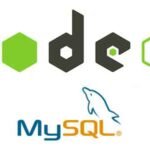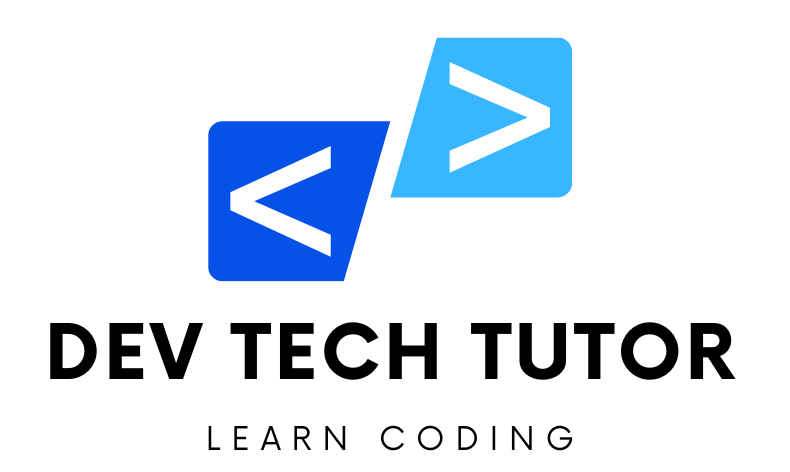To create an advanced C++ Employment Management application with an SQL database, we’ll structure our code using classes for employees, managers, salaries, and departments. We’ll integrate SQLite3 as the database backend. Let’s start by creating the necessary classes.
1. Employee Class
#include <sqlite3.h>
#include <string>
class Employee {
private:
int id;
std::string name;
double salary;
public:
Employee(int id, std::string name, double salary) : id(id), name(name), salary(salary) {}
void updateEmployee(std::string newName, double newSalary) {
sqlite3 *db;
if (sqlite3_open("employees.db", &db) == SQLITE_OK) {
std::string sql = "UPDATE employees SET name=?, salary=? WHERE id=?";
sqlite3_stmt *stmt;
if (sqlite3_prepare_v2(db, sql.c_str(), -1, &stmt, NULL) == SQLITE_OK) {
sqlite3_bind_text(stmt, 1, newName.c_str(), -1, SQLITE_STATIC);
sqlite3_bind_double(stmt, 2, newSalary);
sqlite3_bind_int(stmt, 3, id);
sqlite3_step(stmt);
sqlite3_finalize(stmt);
}
sqlite3_close(db);
}
}
void deleteEmployee() {
sqlite3 *db;
if (sqlite3_open("employees.db", &db) == SQLITE_OK) {
std::string sql = "DELETE FROM employees WHERE id=?";
sqlite3_stmt *stmt;
if (sqlite3_prepare_v2(db, sql.c_str(), -1, &stmt, NULL) == SQLITE_OK) {
sqlite3_bind_int(stmt, 1, id);
sqlite3_step(stmt);
sqlite3_finalize(stmt);
}
sqlite3_close(db);
}
}
};
Explanation:
- The
Employeeclass represents individual employees in the organization. - It contains attributes
id,name, andsalaryto store employee information. - The
updateEmployeemethod updates employee details in the SQLite database. - The
deleteEmployeemethod deletes the employee from the SQLite database.
2. Manager Class
#include <string>
class Manager : public Employee {
private:
std::string department;
public:
Manager(int id, std::string name, double salary, std::string department) : Employee(id, name, salary), department(department) {}
};
Explanation:
- The
Managerclass represents managers in the organization and inherits from theEmployeeclass. - It adds an additional attribute
departmentto store the department managed by the manager.
3. Salary Class
class Salary {
private:
int employeeId;
double amount;
public:
Salary(int employeeId, double amount) : employeeId(employeeId), amount(amount) {}
};
Explanation:
- The
Salaryclass represents salary information for employees. - It contains attributes
employeeIdandamountto store the employee’s ID and salary amount.
4. Department Class
#include <vector>
class Department {
private:
int id;
std::string name;
std::vector<Employee> employees;
public:
Department(int id, std::string name) : id(id), name(name) {}
void addEmployee(Employee employee) {
employees.push_back(employee);
}
void removeEmployee(Employee employee) {
employees.erase(std::remove(employees.begin(), employees.end(), employee), employees.end());
}
};
Explanation:
- The
Departmentclass represents departments in the organization. - It contains attributes
id,name, andemployeesto store department information and a vector of employees in the department. - The
addEmployeemethod adds an employee to the department. - The
removeEmployeemethod removes an employee from the department.
Database Integration:
We’ll use SQLite3 as the database backend. Below is a simple example of connecting to an SQLite database:
#include <sqlite3.h>
int main() {
sqlite3 *db;
if (sqlite3_open("employees.db", &db) == SQLITE_OK) {
char *errMsg = 0;
const char *sql = "CREATE TABLE IF NOT EXISTS employees (id INTEGER PRIMARY KEY, name TEXT NOT NULL, salary REAL NOT NULL)";
if (sqlite3_exec(db, sql, NULL, 0, &errMsg) == SQLITE_OK) {
// Table created successfully
} else {
// Failed to create table
}
sqlite3_close(db);
} else {
// Failed to open database
}
return 0;
}
Explanation:
- This code establishes a connection to an SQLite database named
employees.db. - It creates a table named
employeesif it does not already exist, with columns forid,name, andsalary. - After executing SQL commands, the database connection is closed.
View and Controller:
For the view and controller components, you can use frameworks like Qt or wxWidgets to create a graphical user interface (GUI) for the application. The controller will handle user actions and invoke appropriate methods in the model to perform operations on the data. With these components in place, users can view, edit, and delete employee details through the GUI.
Welcome to DevTechTutor.com, your ultimate resource for mastering web development and technology! Whether you're a beginner eager to dive into coding or an experienced developer looking to sharpen your skills, DevTechTutor.com is here to guide you every step of the way. Our mission is to make learning web development accessible, engaging, and effective.









